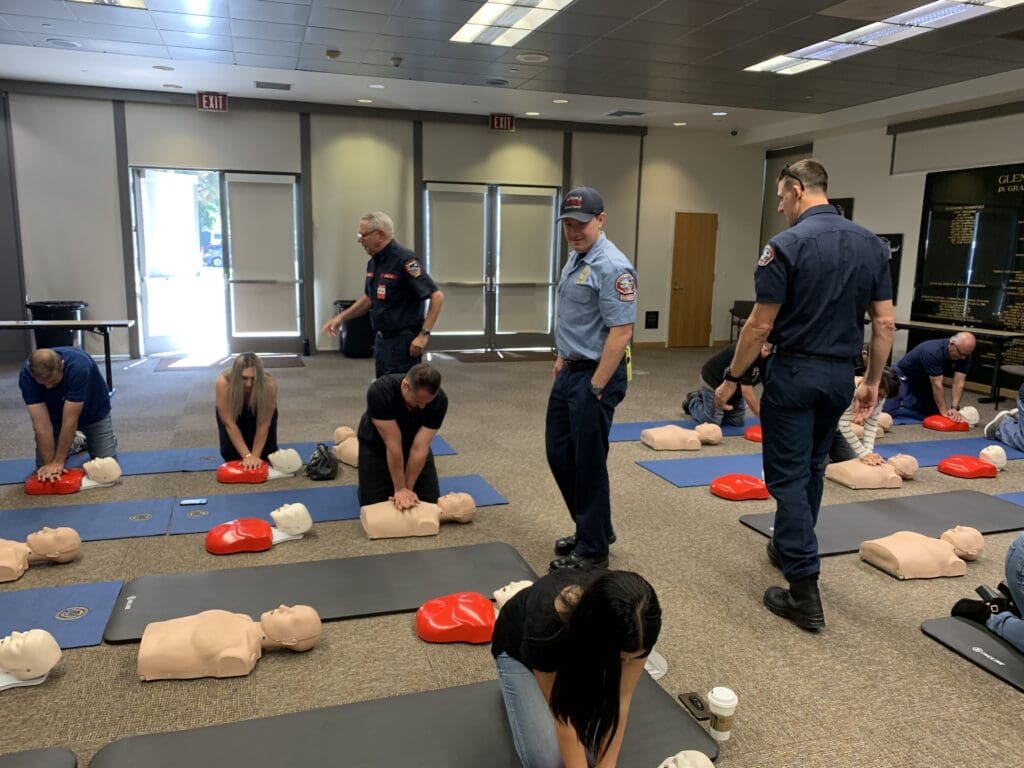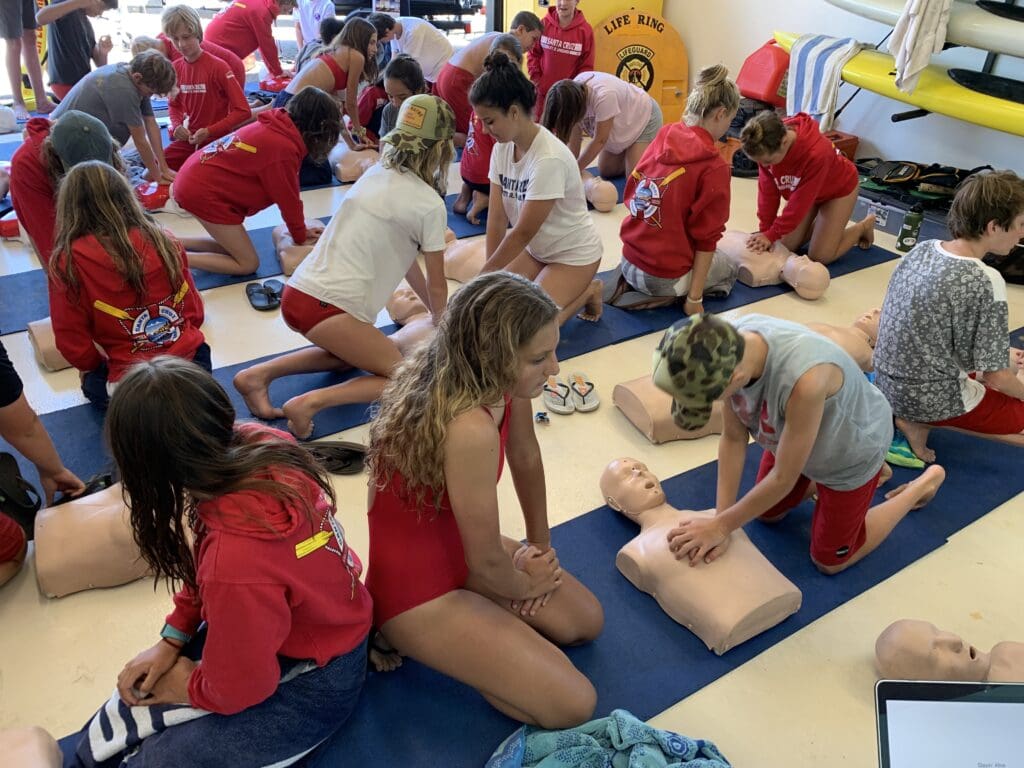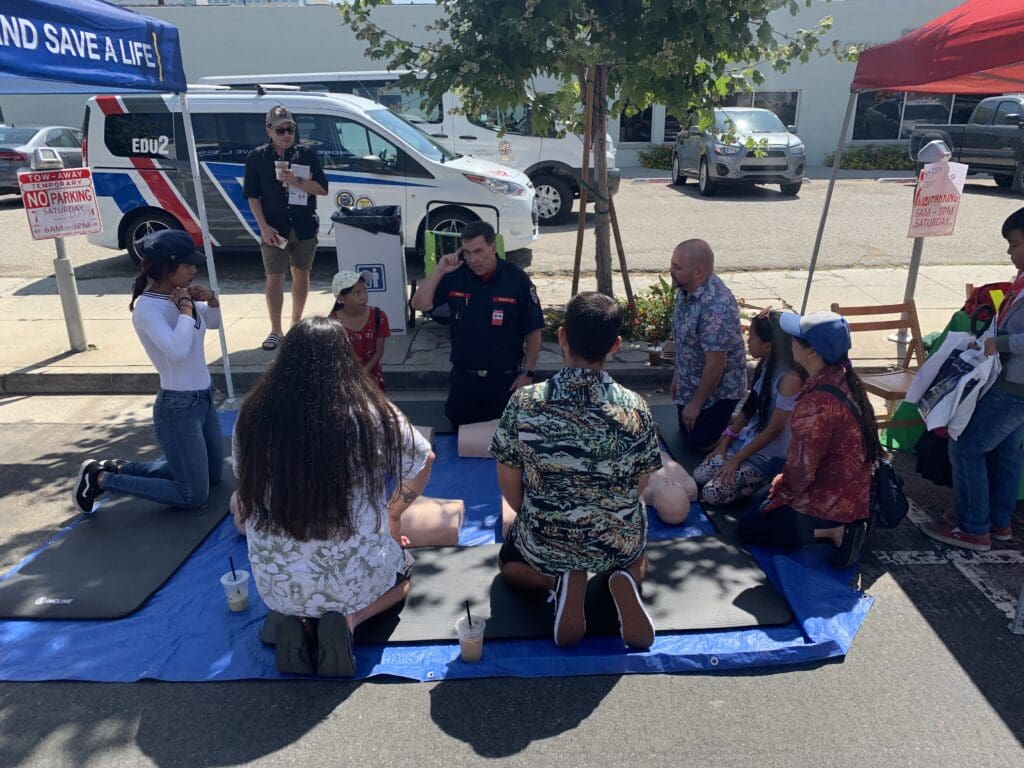Our Field Operations teams teach both hands-only and certified CPR (cardiopulmonary resuscitation). We’re often asked what the difference is, and why one would choose certification over hands-only training? The difference between certified CPR and hands-only CPR mainly lies in the training and techniques involved in each approach. Here’s a detailed comparison:
Certified CPR
- Comprehensive Training: Certified CPR training is typically provided by organizations like the American Heart Association or the Red Cross. It includes detailed instruction on both chest compressions and rescue breathing (mouth-to-mouth resuscitation).
- Certification Process: After completing the training, participants must pass a test to receive a certification that confirms their knowledge and ability to perform CPR correctly. This certification usually needs to be renewed every two years.
- Skills Taught: Certified CPR training covers:
- Chest compressions
- Rescue breathing
- Use of an automated external defibrillator (AED)
- Responding to different scenarios, such as choking or drowning
- CPR for adults, children, and infants

Hands-Only CPR
- Simplified Technique: Hands-only CPR, also known as compression-only CPR, focuses solely on chest compressions without the inclusion of rescue breathing. It is recommended for use by bystanders who have not received formal CPR training.
- No Certification Required: This method does not require formal training or certification. It’s designed to be quickly taught and easily remembered. Organizations often promote hands-only CPR through brief instructional videos and public awareness campaigns.
- Skills Taught: The primary focus is on:
- Performing high-quality chest compressions at the right speed and depth
- Recognizing when someone needs CPR

Practical Differences
- Application: Certified CPR is more comprehensive and is particularly important for healthcare providers, lifeguards, and others in roles where a high level of readiness to respond to emergencies is required. Hands-only CPR is encouraged for untrained bystanders in an adult who suddenly collapses, as immediate action can still significantly impact survival rates.
- Effectiveness: Certified CPR with rescue breathing is crucial in certain situations, especially in cases of drowning, drug overdose, or when the victim is a child or infant, where oxygenation via rescue breaths could be critical. Hands-only CPR is effective in many cases of sudden cardiac arrest in adults.

Choosing between certified CPR and hands-only CPR often depends on the situation and the needs of the person being trained. Everyone should at least know how CPR works, and know what to do in the event they experience someone suffering from cardiac arrest. Both forms are valuable and can save lives, but having more people trained and certified in full CPR techniques enhances the ability to respond effectively to a wider range of emergencies.
